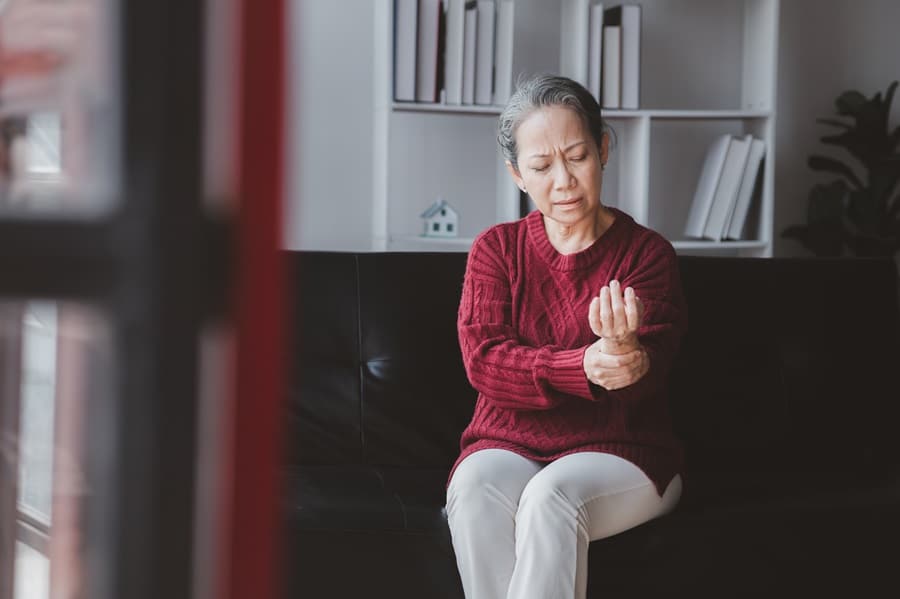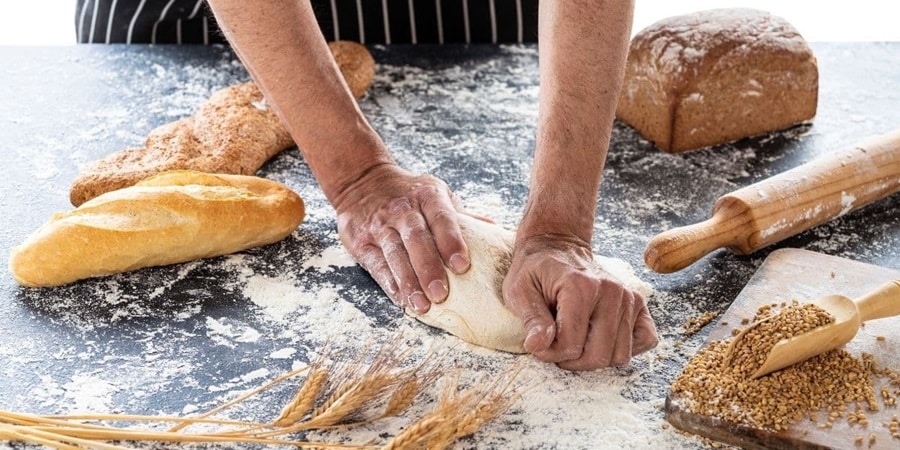Spring is the perfect time to dust off your bike and prepare it for the road. The warmer weather and longer days make it an ideal time to start cycling, whether it’s for commuting, exercise, or leisure. But before you start pedaling, it’s important to inspect your bike thoroughly and make any necessary repairs or upgrades. In this guide, you will get the rundown on everything you need to know to get your bike ready for spring, including tips on cleaning and maintenance, gear upgrades, and advice on how to stay safe while riding!
Contents
- 1 How to Clean Your Bike
- 2 Maintenance Checklist To Get Your Bike Ready For Spring
- 3 Upgraded Tires
- 4 New Saddle
- 5 Improved Lighting
- 6 Better Pedals
- 7 Invest In Handlebar Tape
- 8 Tips For Staying Safe On Your Ride
- 9 Wear A Helmet
- 10 Follow Traffic Laws
- 11 Stay Visible
- 12 Avoid Distractions
- 13 Take Time To Get Your Bike Ready For Spring!
How to Clean Your Bike
The first step in cleaning your bike is to gather your supplies. If your bike is particularly dirty, you’ll need a bucket of soapy water, a stiff-bristled brush, a soft cloth, and a degreaser. Start by removing any dirt or debris from the frame and wheels using the stiff-bristled brush. Then, wash the frame and fork with soapy water, and pay extra attention to the drivetrain, where dirt and grime tend to build up.
Once you’ve finished washing the frame, rinse it with a hose or bucket of clean water and dry it with a soft cloth. To finish up, you can use a silicone spray on the frame, fork, and moving parts to protect them from rust and corrosion. And finally, use a lubricant on the chain to ensure smooth and quiet operation.
Maintenance Checklist To Get Your Bike Ready For Spring
The next step is to inspect your bike for any damage or wear and tear. Here is a simple maintenance checklist to follow:
- Check the tires for any cuts, punctures, or cracks, and make sure they are properly inflated.
- Inspect the brakes to ensure they function correctly and have enough brake pad material.
- Check the gears and make sure they are shifting smoothly. If not, make adjustments as necessary.
- Check the handlebars and stem for any looseness or damage.
- Inspect the saddle and make sure it is securely attached to the seat post.
- Check the wheels for any wobbling or trueness, and make sure the quick-release mechanisms are secure.
- Check the headset, which connects the fork to the frame, and make sure it is tight.
- Lube the chain, derailleur pivots, brake pivots, and pedals.
Upgraded Tires

If your tires are worn or damaged, it may be time to consider upgrading to a new set. Upgraded tires can provide better grip and traction, making your rides more comfortable and safer. Consider switching to puncture-resistant tires, especially if you will be riding on rough or rocky terrain. You can also look for tires with a higher tread pattern for better grip in wet conditions.
New Saddle

If your saddle is uncomfortable or damaged, consider upgrading to a new one. A good saddle should provide enough padding and support and be the right shape and size for your anatomy. You can choose from a wide range of saddles, including those with different shapes and materials and those designed for specific types of riding, such as road cycling or mountain biking. One great option is a saddle with an integrated shock absorber, which can help reduce fatigue on long rides.
Improved Lighting

Good lighting is essential for staying safe while riding, especially during the spring and fall when daylight hours are limited. Upgrading your lighting system can improve your visibility to other road users and make it easier for you to see the road ahead. Consider installing a powerful headlight and taillight, and make sure they are securely attached to your bike. You may also want to consider adding reflective tape or lights to your bike frame to increase your visibility from all angles.
Better Pedals
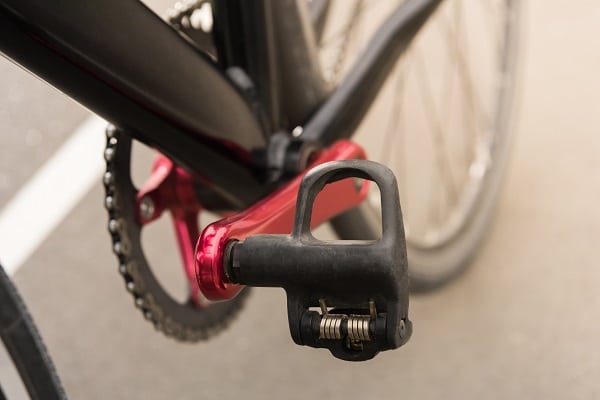
Another simple gear upgrade you can consider is changing your pedals. Pedals with a better grip and more stability can make a big difference in your ride quality and help to prevent injury. Clipless pedals attach your shoes directly to the pedals and are a popular choice for road cyclists, while flat pedals are popular for mountain bikers and casual riders.
Invest In Handlebar Tape

The final upgrade worth mentioning is handlebar tape. Handlebar tape helps improve grip and comfort while riding, and many riders opt for ergonomic or padded versions to reduce fatigue on long rides. Upgrading your handlebar tape is a relatively quick and inexpensive way to make your ride more enjoyable. Not to mention, it can also add a little extra style to your bike.
Tips For Staying Safe On Your Ride
In addition to cleaning and maintaining your bike and upgrading your gear, it’s important to stay safe while riding. Here is a quick refresh to ensure your rides go smoothly when it’s time to get rolling:
Wear A Helmet
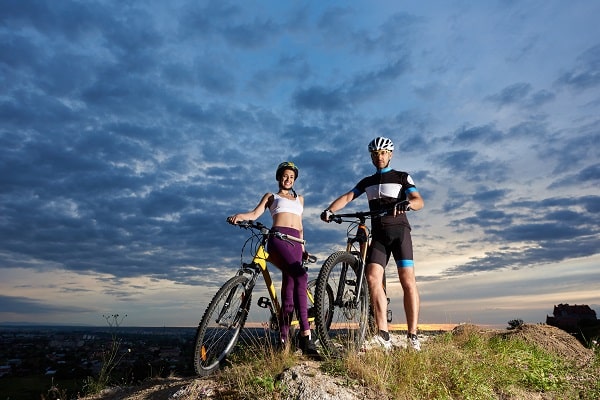
A helmet is the most important piece of safety gear for any cyclist. Make sure your helmet fits properly and is securely fastened before you start riding. In the event of an accident, a helmet can help protect your head and reduce your risk of injury. Investing in a helmet-mounted light or reflector may also be a good idea for extra visibility.
Follow Traffic Laws
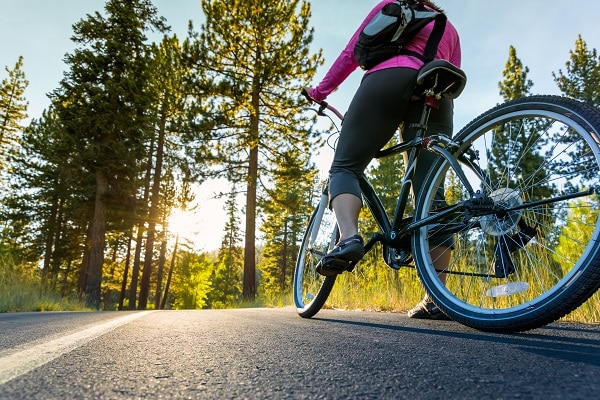
Cyclists are subject to the same traffic laws as cars and trucks, so it’s important to follow them while riding. This includes riding in the same direction as traffic, using hand signals to indicate your intended direction of travel, and obeying traffic lights and stop signs. It also means never riding on the sidewalk and being mindful of pedestrians.
Stay Visible

Good visibility is essential for staying safe on the road, especially when riding at night or in low-light conditions. Make sure your bike is equipped with a powerful headlight and taillight, and wear bright or reflective clothing to increase your visibility to other road users. You can also consider adding reflective tape to your bike frame and pedals for added security.
Avoid Distractions
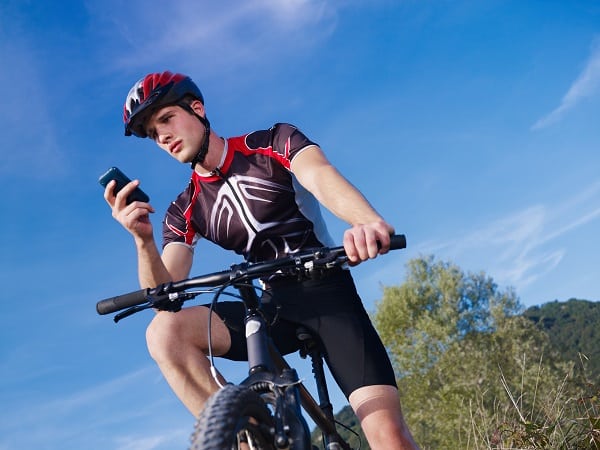
Distracted cycling can be dangerous and increase your risk of an accident. That’s why it’s important to stay focused while riding and avoid using your phone or listening to music. It also helps to keep your hands on the handlebars, eyes on the road, and be aware of your surroundings at all times.
Take Time To Get Your Bike Ready For Spring!
Getting your bike ready for spring and keeping it in good condition is important to staying safe while cycling. Cleaning and maintaining your bike, upgrading your gear, and following safety tips are essential. With the right preparation, you’ll be ready to enjoy your spring rides without worry! And if you run into any trouble when out on the road, you’ll surely have a bike that can handle whatever comes its way! So take some time now to get your bike ready for spring and enjoy cycling in comfort and safety!
